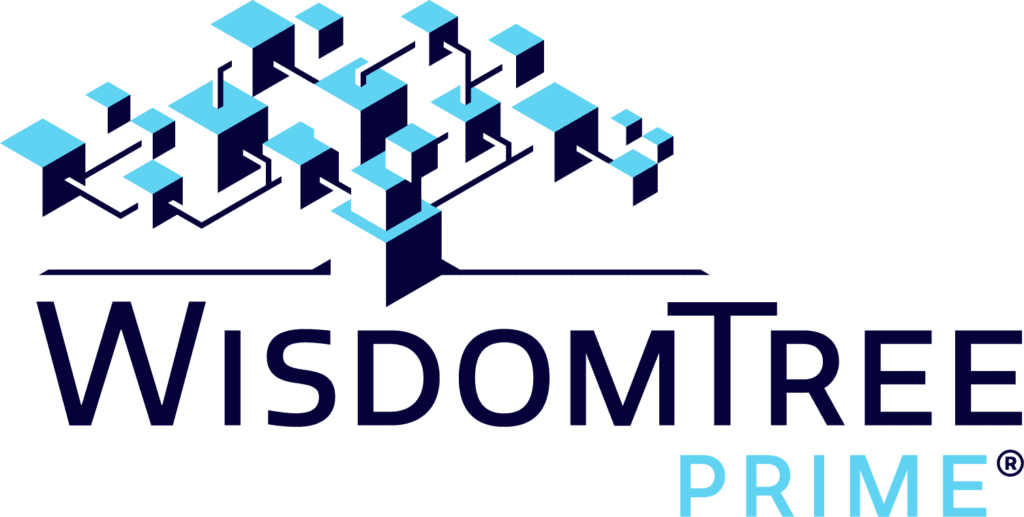The big news last week was surging bond yields. Inflation adjusted 10-year bonds are yielding just under 2%, the highest real yields in decades and up from -1.5% three years ago—a massive change.
Rising real yields impact equity valuations because they are used to discount future cash flows from stock and further a higher real yield alternative providing more competition for stocks.
Of course, with 500 basis points (bps) of tightening, investors can get almost 5.5% for short duration Treasuries. But these yields have reinvestment risk—as it’s not a guarantee these yield levels will remain even 12-24 months out. Accounting for inflation, and extend maturities out 5-10 years, 2% is the real inflation adjusted bogey in bonds.
Stocks are priced around 20 times earnings with a 5% earnings yield. The simple math gives us a 3% equity risk premium that stocks are priced at over TIPS bonds. This 3% equity premium is very close to the historical equity premium I show in the 220 years of history I documented in my book Stocks for the Long Run. I showed stocks delivered an inflation adjusted 6.7% over most long-term time periods and bonds delivered 3.5% over the longest period—giving a close to 3% equity premium. This suggests stocks are currently priced on par with their past excess returns. Of course, both stocks and bonds are priced to deliver lower absolute levels than they did—but the reduction is now similar for both stocks and bonds.
Last week we received the FOMC minutes, which did not really contain new information and now the focus turns to Powell’s talk in Jackson Hole Friday morning. I do not expect Powell to reveal anything new at this speech either. Powell will want to preserve optionality, but he will likely say there’s still inflation and the economy is strong, and this may warrant more tightening. He will emphasize data dependence. We are still more than a month away from the FOMC meeting on September 20th, but he might tilt mildly hawkish in his remarks.
The economic data continues to come in quite strong: retail sales were strong, while there was just a little dip in home buying sentiment. What is shocking many is the Atlanta GDP current estimates for GDP are showing 5.8% real GDP growth in the third quarter while most forecasters I follow only estimate 2-3%. Nevertheless, GDP is surging and this because of positive developments in productivity.
We had a disastrous productivity dynamic in 2022—hiring 5 million workers but only growing real GDP 1%. We are on pace to hire half as many workers in 2023 but two or more times as much real GDP. Entering 2023, I was optimistic a productivity rebound could offset job slowdown to deliver positive real GDP. We have yet to see layoffs but are seeing the strong productivity rebound. Hopefully this is a multi-year trend, with the promises technology and AI can further enhance worker output.
Rising productivity is good for the economy, good for corporate profits, and good for offsetting inflationary dynamics. Productivity is what drives real wage growth without creating cascading inflation. If firms get more output from their workers, they can afford to pay them more without passing along price increases.
The rising bond yields are impacting longer duration assets such as tech, which they should. Shorter duration value stocks—whose cash flows in short run support valuations—should perform better as interest rates rise. Better economic growth and the lower risk of recession is also supporting the profit outlook for these value stocks. I increasingly expect rates to stay high for quite a while, while I expect that the market at 20 PE is just about right.
Will positive momentum come back to the market after this recent pullback? When we have a surge in equities and then a rate rise, we often can see the market settle back five to 10% and then we get another surge to breakout to new highs. It is hard to say when that’ll come, but certainly I don’t see anything threatening the market that would erase more than another 5% or so from today’s level. Nvidia’s earnings report this week is the next key test for technology stocks. Expectations are so high, if there’s any degradation in the outlook for sales, this could cascade into further pressure for the AI darling and technology stocks.
Past performance is not indicative of future results. You cannot invest in an index.
Professor Jeremy Siegel is a Senior Investment Strategy Advisor to WisdomTree Investments, Inc. and WisdomTree Asset Management, Inc. This material contains the current research and opinions of Professor Siegel, which are subject to change, and should not be considered or interpreted as a recommendation to participate in any particular trading strategy, or deemed to be an offer or sale of any investment product and it should not be relied on as such. The user of this information assumes the entire risk of any use made of the information provided herein. Unless expressly stated otherwise the opinions, interpretations or findings expressed herein do not necessarily represent the views of WisdomTree or any of its affiliates.







